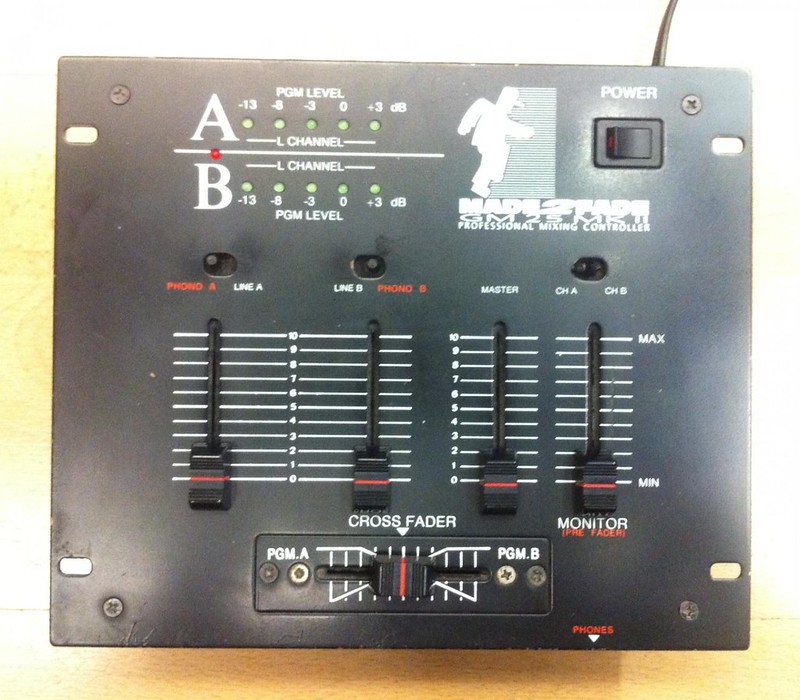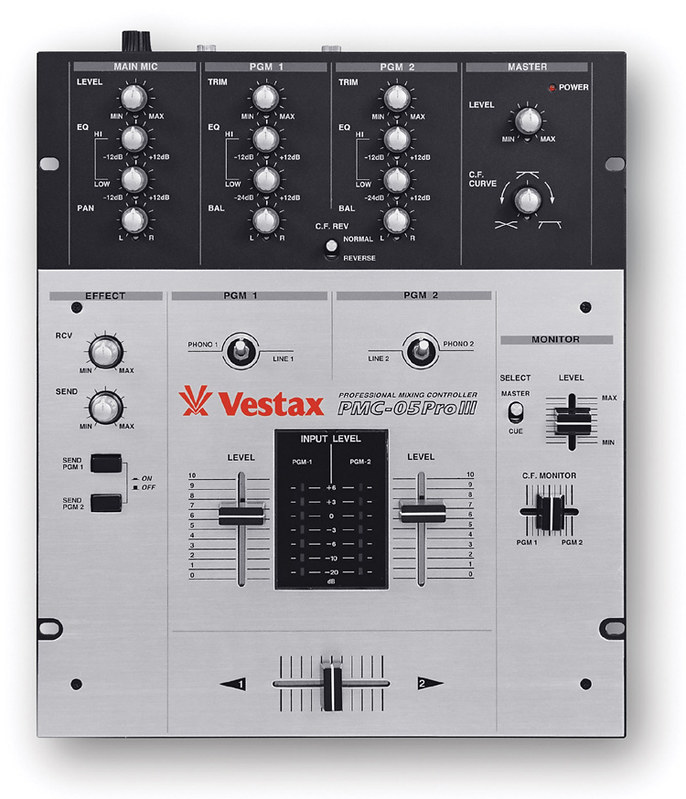Worldwide, More Than Half Of Google Searches Happen On Mobile | SearchEngineLand – this is really big. A few thoughts on this:
- Half of Google searches will be about very different things, for instance searching for things like coffee shops in the vicinity of the searcher
- Advertising is likely to see a higher amount of real world performance marketing solutions. This also counteracts Amazon becoming the default product search engine for a lot of web users
- It means a move away from organising all the world’s knowledge. There will be a move to national language search and probably taking away Boolean from power users who make up way less than half of Google searches
- This is a big step in bringing what I call the web of no web into being; where the real world and digital world provide a symbiotic experience. More related content here.
Light’s L16 is a DSLR-quality camera that fits in your pocket — for a stiff price | ExtremeTech – interesting idea
Apple: Semi Advisors Ponders Fallout from any Potential iPhone Battery Issue – Tech Trader Daily – Barrons.com – it’s possible with different tape-out and manufacturing processes I guess?
Sony may consider options for struggling smartphone business | HKEJ Insights – will Qualcomm help them with market access? Interesting example of the commoditisation of Google Android’s eco-system
Amazon launches marketplace for handmade goods | RTE – Amazon wants more of the consumer spend and is going after craft shops and Etsy to get more of the hipster dollar
China launches international payment system | Shanghai Daily – competition with Hong Kong ramps up. By regularising this, it also give the government a chance to regulate and prevent irregular outward capital flow
Twitter’s new Moments spotlights events as they unfold – CNET – its about getting users moving from casual to serious, an ‘on ramp’
“Just Googling it” is bad for your brain | Quartz – Google is killing your memory
Apple Watch releases a new series of short ads, emphasising functionality | Creative Review – these are stylish, looks as if I am not the only person who was wondering what the use case for an Apple watch was
YouTube Goes To War: The Dangers Of ‘Radical Transparency’ « Breaking Defense – it looks like the US military is starting to consider the impact of smartphones in a combat zone
Review: SIG Sauer Introduces The Legion Series & The New Legion P-229 – The Firearm Blog – this almost feels like SIG Sauer is positioning their product (and that of collaborating partners) as a luxury product
Facebook | Atlas Solutions – interesting piece about Facebook’s Atlas model
Apparently Porsche thinks Google’s Android Auto asks for way too much sensitive data | VentureBeat | Business | by Michael de Waal-Montgomery – Google scraping compete data?
Quentin Tarantino: Netflix isn’t for the famed Pulp Fiction director | BGR – artefacts and the peculiar version of serendipity you get in ‘crate digging’
Thin blue likes: Four Facebook lessons Hong Kong cops can learn from police around the world to make friends online | South China Morning Post – Hongkongers are big fans of the social media site – there are more than 4.4 million Facebook users in the city according to the company, one of the 10 largest usages in the world per capita (paywall)

